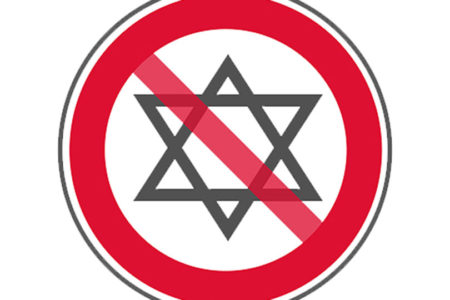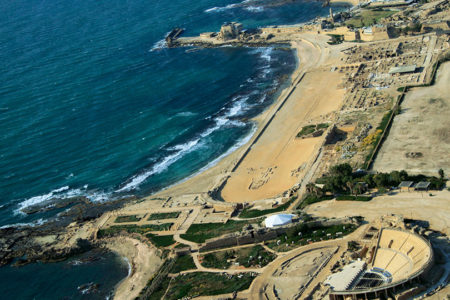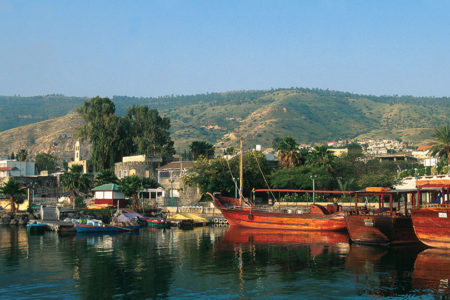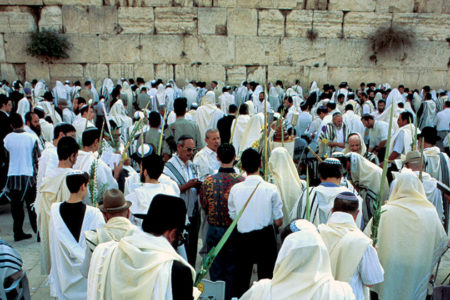Banias
Banias, or Panias in Greek, is situated near the ancient remains of Caesarea Philippi at the base of Mount Hermon in the Golan Heights in northern Israel. In the Old Testament, the area was called Bashan and was ruled by two godless Amorite kings: Og and Sihon (Num. 21:21–35).
Then half the tribe of Manasseh received the region as part of its land inheritance (32:32–33). During the Greek Empire, the area became identified with the half man-half goat god, Pan.
Today a spring flows from the mountain’s base. But in ancient times, a substantial amount of water gushed from a cave above. Wrote Bible and Israel expert Dr. Charles H. Dyer,
When Alexander the Great came through this area, his conquest brought with it the Greek language and culture. And this spot, with its flowing stream and lush vegetation, seemed like the perfect place to worship the Greek god Pan, the god of shepherds, flocks, and nature. So the place eventually became known as Panias: “Pan’s place.”
During the Muslim conquests the invaders brought a new language, Arabic, to the region. And Arabic lacks a P sound. The closest sound to it in Arabic is B. As a result, Panias became Banias, which is the name it has today.1
A large grotto and many shrines are located near the spring, where Pan worshipers sacrificed. This area had such a strong identification with the underworld and evil that it was known as the gates of Hades.
Jesus used the location as a powerful object lesson when he asked His disciples, “Who do men say that I, the Son of Man, am?” (Mt. 16:13).
They replied, “Some say John the Baptist, some Elijah, and others Jeremiah or one of the prophets” (v. 14).
Then He asked them again, “But who do you say that I am?” (v. 15).
Simon Peter answered and said, “You are the Christ [Messiah], the Son of the living God” (v. 16). Peter grasped the reality that Jesus was the long-promised Messiah. Jesus replied,
Blessed are you, Simon Bar-Jonah, for flesh and blood has not revealed this to you, but My Father who is in heaven. And I also say to you that you are Peter [petros, meaning “a detached stone”], and on this rock [petra, meaning “a mass of connected rock,” a foundation] I will build My church, and the gates of Hades shall not prevail against it (vv. 17–18).
This is the first mention of the church. Peter’s confession of Jesus as the Messiah would be the rock on which Christ would build His church (Greek, ecclesia, “called out ones”). And nothing—not even the gates of Hades—would prevent it from moving forward in victory.
Anytime someone embraces Christ, he or she is snatched from Satan’s kingdom and brought to everlasting life in God’s Kingdom; and Satan can do nothing to prevent it.
ENDNOTE
- Charles H. Dyer, Thirty Days in the Land with Jesus (Chicago, IL: Moody, 2012), 117–118







